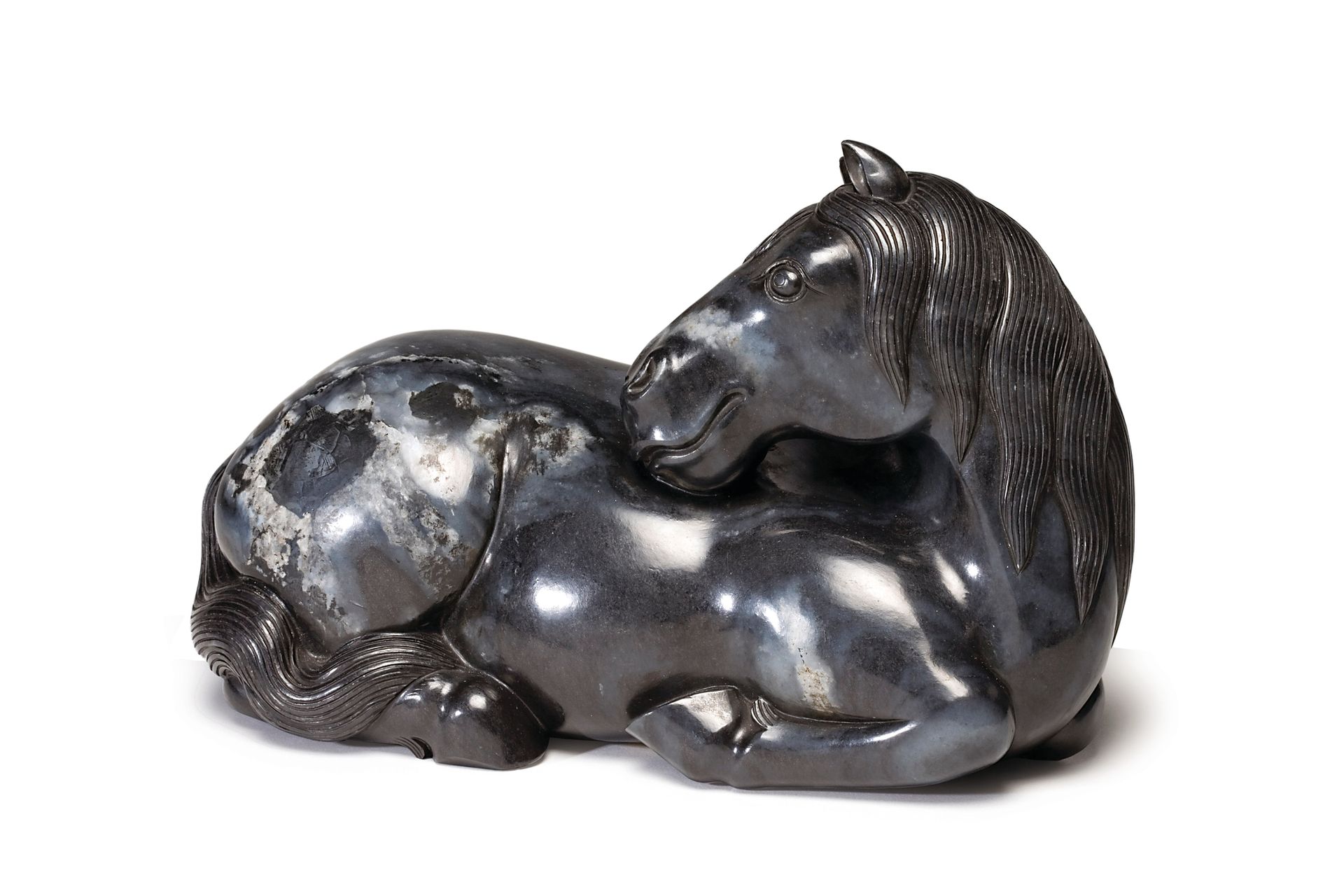On 4 April, the sentencing will begin at Birmingham Crown Court of 14 men convicted of stealing Chinese antiquities worth more than £50m from British museums and auction houses. Many of the criminals are part of the Rathkeale Rovers, a gang named after a town near Limerick in Ireland. More than half the gang could still be at large, so security experts are warning museums to remain extra vigilant.
The men were convicted in a series of four separate trials in Birmingham, which were conducted with reporting restrictions. The trials began last July and concluded on 29 February. There has been a spate of rhino thefts in Europe over the past few years.
The British museums that suffered most are the Oriental Museum in Durham and the Fitzwilliam Museum in Cambridge. Detective superintendent Adrian Green, who headed the police investigation, estimated the total value of the stolen objects as up to £57m, mostly from the Fitzwilliam.
Jade raids On 5 April 2012, the gang hit the Durham museum, stealing an ornately carved jade bowl (worth between £1m and £2m) and a porcelain figurine of fairies (£150,000). A week later, the gang targeted the Fitzwilliam. In the early evening of 13 April, gang members cut a hole in the shutters and bars of a window at the Cambridge museum, gained entry and then took 18 jade carved bowls and decorative items, dating from the 14th to 18th centuries, none of which has been recovered.
A month earlier, two other cities had been reconnoitred. On 13 March 2012, a gang member travelled to Oxford, described by the prosecution as having “a number of museums that display items of the type in which this group was interested”. Twelve days later, others went to Glasgow, apparently to check out the Hunterian Museum, Kelvingrove and the Burrell Collection. One of their computers had been used to search online for “Burrell Collection Glasgow jade”.
The court was told that the gang struck Durham’s Oriental Museum three times, although only the last incident was reported in the press. The first attack was on 16 January 2012, in the early afternoon, when the museum was open to the public. Edward McCann smashed a cabinet and seized a Ming ceramic sculpture. Staff struggled with him and prevented him from leaving. Police were called, McCann was arrested and the sculpture was recovered.
The authorities chose not to report the incident to the press, which could have been a mistake, a museum security expert told The Art Newspaper. This specialist told us that even failed thefts should normally be publicised, since this alerts other museums and makes everyone more vigilant. “The burglars, the museum and the police know what was done, so it is often just fear of embarrassment that means incidents go unpublicised,” he said.

More unpublicised crimes Another theft at the Durham museum was detected on 2 February 2012. Staff discovered that a rhino horn libation cup had gone missing at some point since the previous November. Again, the loss was not publicised, so the art trade was unaware of the theft; the cup has not been recovered.
Thieves struck again in the late evening of 5 April 2012. Lee Wildman and Adrian Stanton smashed a large hole through the Durham museum’s brickwork, climbed inside and broke into two cabinets. They escaped with two Chinese antiquities, which were then hidden on wasteland on the outskirts of Durham. Police recovered the items eight days later.
The Oriental Museum is run by Durham University. David Cowling, the pro-vice chancellor, says that he is “very grateful for the support of the police” in their investigations.
The Chinese connection

The prosecution in the Birmingham trial argued that a south London resident of Chinese origin, Chi Chong Donald Wong, had played a key role in advising the gang. The prosecution said that Wong, who was found guilty in a Birmingham trial last November, had assisted the gang by “advising them as to what items to steal for the most successful monetary gain and planning for their onward sale”.
The Fitzwilliam reconnaissance and theft occurred between 12 and 14 April 2012. Wong returned from a visit to Hong Kong on 17 April and met gang members the following day. The prosecution suggested that this was to discuss how to dispose of the stolen jade.

On 29 June 2012, Wong arrived back in the UK after making a further visit to Hong Kong. That afternoon, undercover police observed a woman taking a plastic bag from his car. The prosecution said that the bag “contained money, which was handed over for payment of the items stolen from the Fitzwilliam”. The 18 jade objects stolen are still missing, which suggests that they may have been transported to China for sale on the black market.

